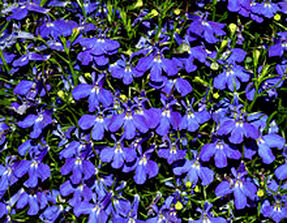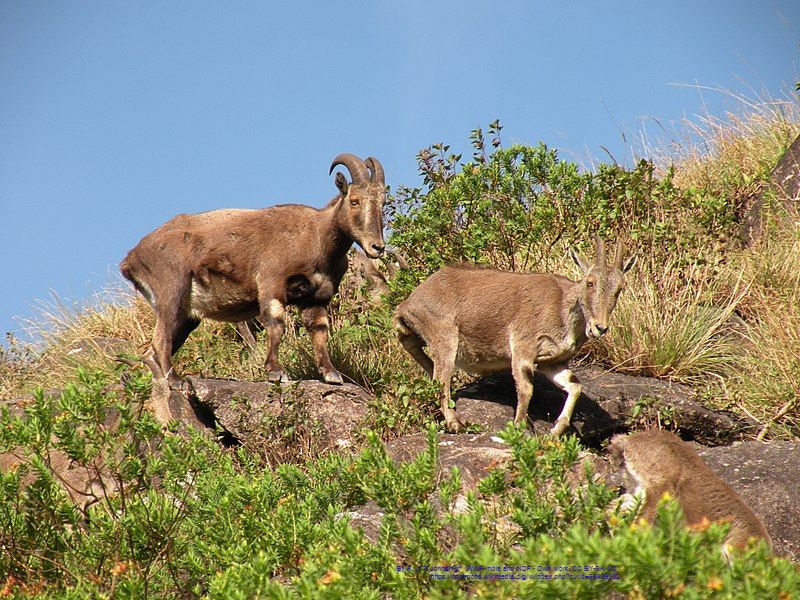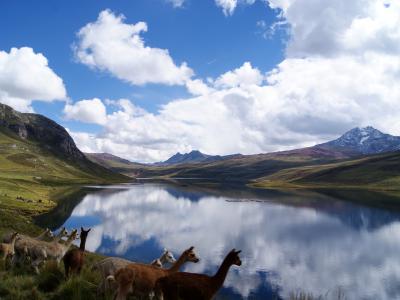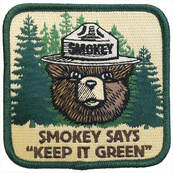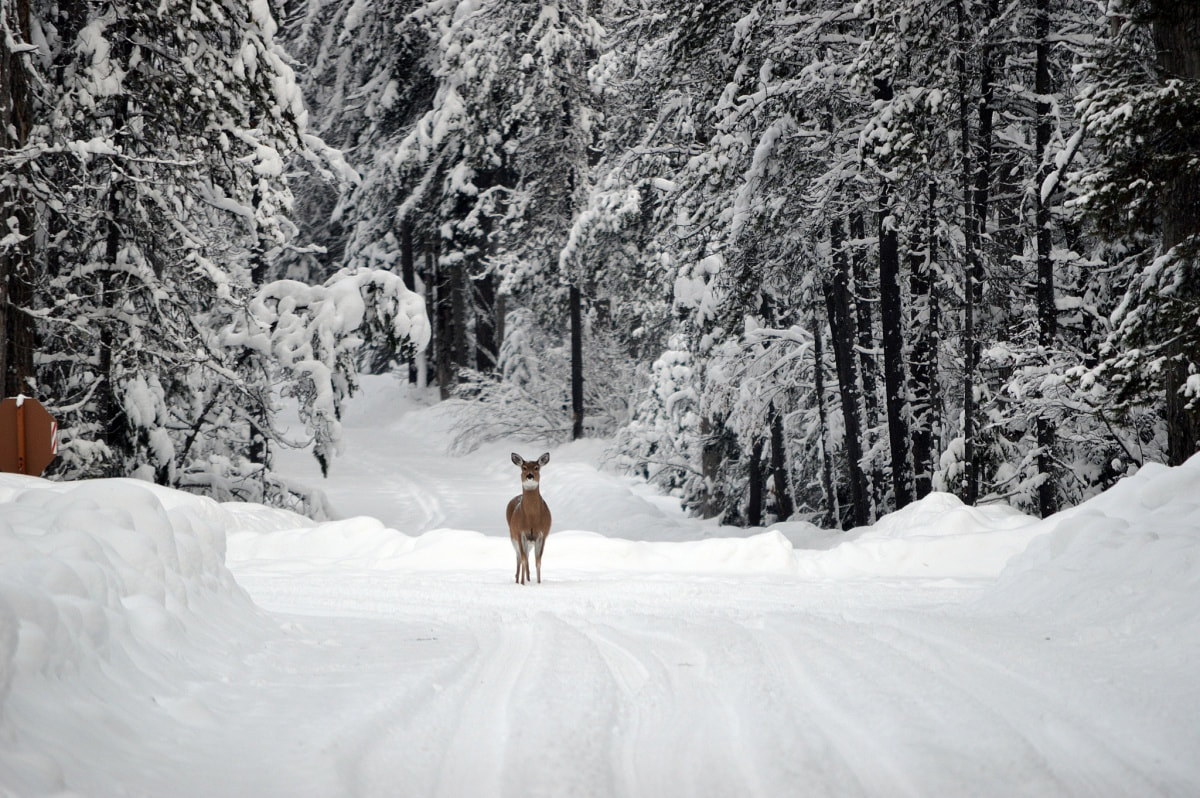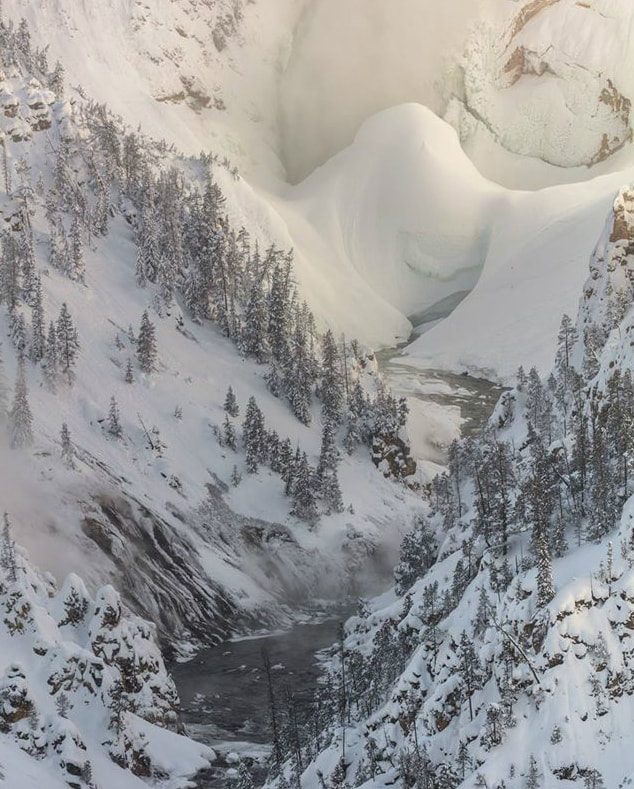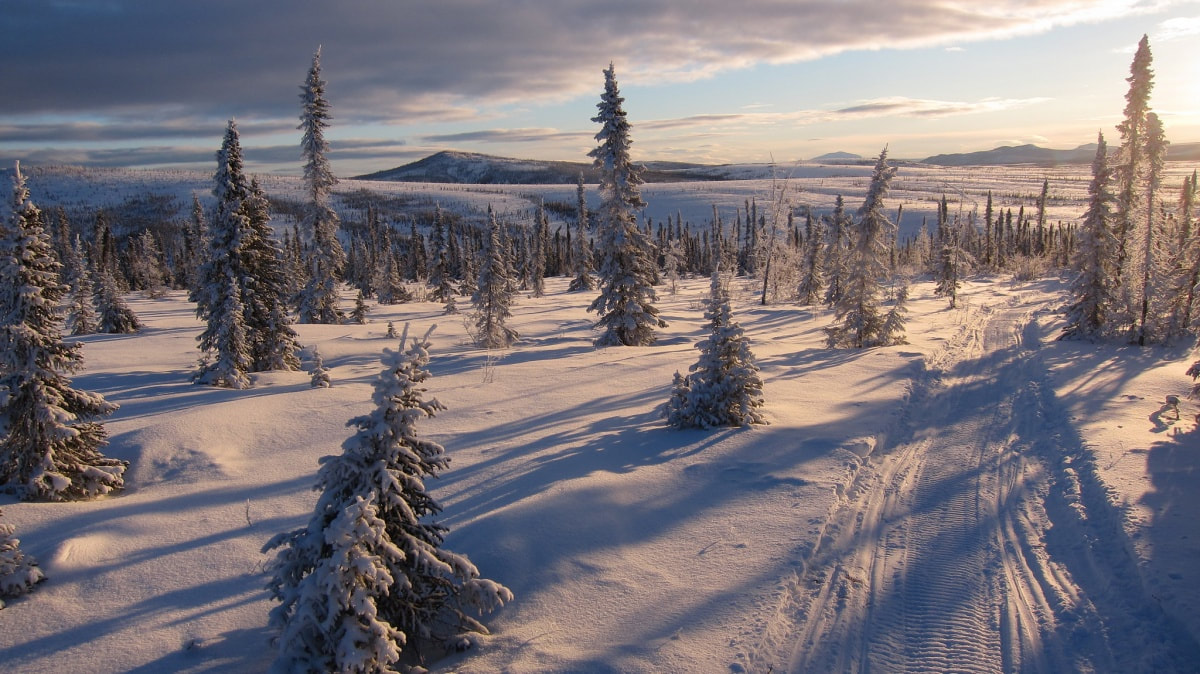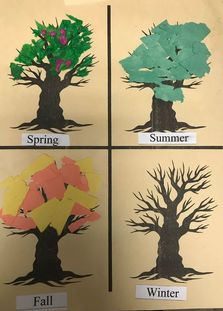|
#MountainsMatter: International Mountain Day 2018 Theme Mountains matter yet they are often forgotten. Mountains play a vital role in providing essential "goods and services", especially water, to our planet. Mountain ecosystems are centers of biological diversity. These ecosystems, however, face severe threats from unsustainable land use practices (ex. overgrazing or non-conservation agriculture), illegal wood extraction, development of large-scale infrastructure (dams, roads) and unsustainable natural resource projects (fossil fuels, mining, & increased hydrocarbons). Our human well-being and livelihoods cannot be sustained without healthy ecosystems. Mountains also provide vulnerability in the "face of climate change", People living among mountains face subsistence challenges brought about by elevation, rough topography and even severe climate. https://adaptation-undp.org/projects/mountain-eba "Going, Going, Gone" - Glacier National Park Photo by Marta Farrell "Glacier National Park continues to lose its glaciers as global temperatures rise. Initially, this park had about 150 glaciers when it was founded in 1910. "Today, only 26 still meet the 25-acre threshold to be called a glacier." Credit: Jinrui Qu/CC-BY-SA-2.0 #MountainsMatter for Water: Think of mountains as the world’s 'water towers’, providing between 60-80% of all freshwater resources for our planet. Reliable resources indicate that glaciers in mountain ranges around the world are retreating and disappearing due to climate change. As many as 600 glaciers have disappeared completely over past decades, affecting water supplies relied on by billions living downstream. Five Thousand Miles of Wild; "It's More than a River, it's our way of life." https://www.5000miles.org/ #5000 Miles of Wild In 2018, we celebrated the 50th Anniversary of the Wild & Scenic Rivers Act. We continue this celebration in 2019 as tribute to the 50th Anniversary of the Little Miami River being named a State and National Scenic River. http://watercraft.ohiodnr.gov/Portals/watercraft/pdfs/maps/srLittleMiami.pdf #MountainsMatters for Disaster Risk Reduction as climatic variations are triggering disasters. Avalanches, mudflows and landslides are tumbling downstream, stripping bare forests, flooding communities and populations. #MountainsMatter for Tourism: Mountain destinations attract roughly 15-20% of global tourism; these are areas of important heritage, knowledge and cultural diversity, . Such tourism has potential to affect or foster economic development especially in remote and isolated regions. Unfortunately, many mountain communities are not benefiting and still live in poverty. #MountainsMatter for Food: Mountain regions are important centers of agricultural biodiversity; they are "home to many of the foods that come to our table"...rice, potatoes, quinoa, tomatoes and barley. Sadly, such regions are home to some of the hungriest peoples in the world given a high vulnerability to food shortages and malnutrition; climate change is directly affecting mountain agriculture. #MountainsMatter for Youth: Despite magnificent landscapes, rural life in mountainous regions can be "tough", particularly for the youth; abandoning their villages in search of employment elsewhere has lead to an absence of young people. This directly increases labor shortages. Consequently, migration from mountain regions has lead to an increase in abandoned agricultural, land degradation to even forest fires. Consequently, many cultural values and ancient traditions are lost. #MountainsMatter for Indigenous Peoples: Many mountainous areas host ancient indigenous communities that often posses and maintain unique knowledge, languages and traditions. Mountain peoples have developed unique land-use systems; they posses a wealth of knowledge and strategies that have accumulated over generations, including how to adapt to climate variability. #MountainsMatter for Biodiversity: Half of the world’s biodiversity hotspots are concentrated in mountains where approximately 25% of terrestrial biological diversity is supported. Mountains are home to many rare wildlife such as gorillas, snow leopards, the majestic tahr and strikingly, beautiful plants such as orchids and lobelias. International Mountain Day is an occasion to create a large social movement that can bring mountain issues "at large". Take a "step-up" and raise attention to mountains. #MountainsMatter
"Human wellbeing and livelihoods cannot be sustained without healthy ecosystems." UNITED NATIONS DEVELOPMENT PROGRAMME https://adaptation-undp.org/projects/mountain-EbA Some of the many "Public Lands to Explore in Winter" See: https://www.doi.gov/blog/20-public-lands-explore-this-winter Gallery Photos by Marta Farrell Seasons in the Smokies: https://www.nps.gov/media/photo/gallery.htm?id=28D901AE-1DD8-B71C-078D04CCD4FBAFBC Glacier National Park in Montana Photo above by Bill Hayden, National Park Service If you love snow, Mother Nature blankets the landscape in white at Glacier National Park. As the snow accumulates in Glacier, snowshoeing and skiing are among some of the favorite recreational activities in the park along with watching the wildlife come out to play. Glacier National Park Gallery Photos by Marta Farrell Yellowstone National Park Photo above by the National Park Service Winter at Yellowstone National Park indicates fewer crowds, frigid temperatures, and steaming geyser basins, hibernation or even migration. Skis, snowshoes and snowmobiles are often the primary modes of transportation as roads close, rivers and lakes freeze and snowstorms transform the park. One of the most amazing winter sights at the park is the ice dam at Lower Falls. Often growing over 100 feet tall, it’s known as an "astounding natural spectacle". Yelllowstone N.P. Gallery Photos by M.J. Farrell and Marta Farrell Starry Night: The Milky Way glows in the sky over a geologic formation known as Monument Rocks in Gove County, Kansas. The Milky Way is best viewed on moonless summer nights, far from the light pollution created by cities and towns. Astronomers believe our galaxy contains about 200 billion stars. — Travis Heying / The Wichita Eagle via AP Year in Space Pictures - 2018: https://www.nbcnews.com/mach/science/year-space-pictures-2018-ncsl950631?utm_source=Sailthru&utm_medium=email&utm_campaign=Morning%20Rundown%20Dec%2031&utm_term=Morning%20Rundown Geologists create a basic unit called a formation to classify and map layers of rock. Thus, a formation is a rock unit that is distinctive enough in appearance that a geologic mapper can tell it apart from the surrounding rock layers; also, the rock formation must be thick enough and extensive enough to plot on a map. "Formations are given names that include the geographic name of a permanent feature near the location where the rocks are well exposed. If the formation consists of a single or dominant rock type, such as shale or sandstone, then the rock type is included in the name." - By Christine Wilkerson, Utah Geological Survey "What is A Formation?" Rocky Mountain National Park in Colorado Photo above by Carl Finocchiaro "Cracks in Dream Lake create a gorgeous but perilous, natural tapestry at Rocky Mountain National Park." Always test ice first before walking on it; never take chances when walking on ice. In the winter, enjoy site-seeing, watching wildlife, sledding, snowshoeing, cross-country skiing, or hiking while exploring Rocky Mountain’s spectacular mountainous environments. Iditarod National Historic Trail in Alaska Photo above by Kevin Keeler, Bureau of Land Management. Encompassing a 1,500-mile system of winter trails, the Iditarod National Historic Trail initially connected ancient Alaska Native villages and opened up Alaska for the gold rush; it continues to play a vital role for travel and recreation. This trail is maintained by the Bureau of Land Management and it is often identified with the famous annual Iditarod - sled dog race. This annual race starts each year in March. There are upmost challenges the racer and the 21-dog team face given harsh conditions across rugged but beautiful Alaskan terrain. Meanwhile, dog mushing is the traditional Alaska winter transportation. Dogsledding, or the practice of a musher guiding a team of dogs pulling a sled over ice and snow, may serve multiple purposes. "Whether it’s a casual run along public recreational trails, racing against competitors, or hauling supplies, public lands have much to offer." -https://www.blm.gov/programs/recreation/recreation-activities/alaska
0 Comments
Leave a Reply. |
Details
Author:
|
|
|
Contact:PHONE: (513) 695 - 1337
EMAIL: [email protected] HOURS: Monday - Friday 7:30am - 4:00pm (except holidays) Connect:Warren County Soil & Water Conservation District Copyright © 2016
Warren SWCD Privacy Notice. Emails are serviced by Constant Contact. Constant Contact's Privacy Notice. |



